On the eve of Valentine's Day, a homeless man in Columbus, Georgia, broke into a funeral home, had himself some crazy love and made off on a stolen bike. Goodbye, Columbus! Oddly enough, this disturbing news item did little more than remind me of my introduction to a previously unknown Australian language, upon reading for the first time Barry Humphries and Nick Garland's comic strip Barry McKenzie in Private Eye in London in the early 70s. Even McKenzie was disconcerted to find himself working for an undertaker who "featured with the stiffs". Indeed, Garland point blank refused to illustrate the scene. I was even more innocent. I'd never heard of the word necrophilia.
Barry's efforts were shown to be appreciated by Tony Abbott 45 years later, when the intruding Duke was knighted.
Lifeless love is now everywhere. It could never have happened in the time of typewriters, since a typed and carbon-copied love letter would have looked far too obvious. But in this computer age, the weeks leading to and embracing Valentine's Day mark desperate times for many. In Cincinnati, Ohio Attorney-General Mike DeWine felt it necessary to warn against a spike in online lonely hearts club scamming. He said 90 people had been cheated out of hundreds of thousands of dollars and seven of those people lived in the Greater Cincinnati area. It had seemed an eminently sensible city to me, but apparently, on average, scammers fleeced more than $22,000 from Cincinnatians they'd never met. “We have one woman in the Cincinnati area that lost $40,000,” DeWine said.
![]()
Ohioans still appear, on the whole, to be a lot smarter than Australians. Here, $40,000 would be considered chickenfeed for a Nigerian scammer. Dating and romance scams cost Australians a record $28 million last year. The consumer watchdog warned the online dating community about scammers preying on vulnerable people, particularly at Valentines Day, after more than 1000 victims reported being swindled in 2014. The Australian Competition and Consumer Commission said $75,000 a day was lost to romance scams. "We know these figures are only the tip of the iceberg, as many victims are reluctant to admit to friends, family or authorities that they fell for a scam," ACCC deputy chair Delia Rickard said.
![]()
And one needs not be wary of just scammers at this time of year, but chocolate makers too. In Tokyo, a group of 10 Kakuhido members marched through the Shibuya district, chanting “Don’t be duped by the conspiracy of chocolate makers!” and waving banners in protest against the “passion-based capitalism” of Valentine's Day. They want its celebration barred. Kahuhido translates as the Revolutionary Alliance of Men that Women find Unattractive. It claims on its website that “public smooching is terrorism”.
![]()
Crazy Love, by the way, is the title of a 1987 movie from Belgian director Dominique Deruddere based on writings by Charles Bukowski, in particular The Copulating Mermaid of Venice, California. Bukowski, who died a month after Valentine's Day in 1994, would comfortably have qualified to become a member of any group, at any time anywhere, called the Revolutionary Alliance of Men that Women find Unattractive. And I say that as a fellow qualifee. But I have two good friends who have boosted the economies of Russia and Thailand to the tune of more than $20,000 each, without gaining so much as a Russian or a Thai wife, and I must say such utter stupidity leaves me speechless. But who am I to judge?
![]()
Some of the aforesaid, it must be admitted, I have gathered online, running the gauntlet of being scammed myself. Until two years ago I relied entirely for news on newspapers. I read newspapers for more than 50 years. I read them primarily to be informed by their news content, of course, but also to be entertained by their columnists. Sometimes, like an expectant lover, I felt let down. I have read the occasional sports column which has been - to the eternal shame of the author, since sport is seldom less than enthralling - dead boring. There have also been political and business columns which have sent me to sleep more quickly than counting sheep, and entertainment columns which have done anything but entertain.
This last crime is the one the late Maurice Carr, my all-time favourite Australian newspaper columnist, would have found the least forgivable. “Never try to educate anyone,” he once advised a budding columnist. “That’s not your role. If a column does not entertain its reader, it is without purpose and is simply wasting space.”
Carr, to his credit, was endlessly entertaining and never wasted a line, let alone a column. For my own part, some years ago I suggested to a young journalist that the material for a decent column could be found simply by wandering into a second-hand book shop and picking up any book. Somewhere between the covers there would be something that would provide the germ of an idea for a half-good read. It worked for me. Indeed, most things I read sooner or later offer up ideas. Like Barry McKenzie (even today, as on The Times Literary Supplement website), or Charles Bukowski, or even the New York Post.
![]()
One type of print column which never failed to entertain me was the lonely hearts column. I don’t wish to give the impression I am some sort of voyeur, taking pleasure from the private lives of others. But it strikes me that, after a certain while, people who regularly and bravely venture into the world of the lonely hearts column do so with a somewhat thickened skin and a heightened sense of self-deprecating humour. It’s as if they feel the need to laugh at themselves in order to deal with the bouquets and brickbats that are inevitably going to come their way in this realm of the heart. They mock themselves to pre-empt or fortify themselves against the mockery of others.
This impression was confirmed, after a fashion, by someone who was a committed lonely hearts column contributor. The lady in question used to be an avid reader and writer to the “Make a Date” column in The Chronicle, part of The Canberra Times stable. Sadly, “Make a Date” no longer appears, pushed into irrelevance, presumably, by online services such as RSVP and match.com. My friend was able to explain the codes of the column, the fun she had had from her experiences in this domain, but also some of the heartbreaks she had encountered. On balance, life as a lonely heart seemed broadly positive. And that had much to do with attitude.
“Make a Date” has long gone, but the personals in the classified advertising section of The London Review of Books adequately filled the gap in providing me with consistently entertaining reading. As one might expect of a publication in which books are reviewed, the lonely hearts column in the LRB was (and remains) unusually literate for such matters. The issue marking the LRB’s 30th anniversary maintained the exceedingly high standards.
Not surprisingly, the notices were adjacent to larger advertisements which sought “deeper understanding” of the minds that write to lonely hearts columns. One was from Alice, a BBC researcher - I can still see a series making its way to TV screens sometime soon. Another was from the LRB itself. It was “morbidly curious”, it said, "about successes, failures, disappointments, limps, lisps, poor bladder control etc. The bar isn’t set especially high.”
The notices themselves included, “I hate bad dreams, especially the ones with the giant tennis players. Do you have bad dreams? Do they have giant tennis players? My sympathies.” “Having an average score of 6.8 on the Slavoj Zizek scale of sexual magnetism [still regarded as the most accurate measure of human attractiveness], I have never had to place a personal ad. However, if I were to write one it would reference the colour green, a refusal to acknowledge the existence of gravity, and a firm belief in the theory that cuddling can solve all arguments except ones about carpets.”
In a similar vein: “When I was married, Saturday night was our date night. More often than not it became ‘complain about the macrobiotic diet the doctor has me on’ night … What I’d really like it to be is ‘play Scrabble then snuggle’ night.”
Some seemed to make few demands. “I enjoy a neatly ironed trouser and women who carry the scent of spicy chorizo. Simple man, simple tastes.” “Women to 55 who enjoy cabbage will get along just fine with me!” Or, “Many people carry scars from previous relationships. Not me: mine come from Chinese buffets.”
The last word should have gone to the man, 57, who wrote, “Some may call this advert boring. I call it erotic art.” Or maybe to “mid-50s F”: “This is not a love song. Well, maybe it is … interested and interesting, disposed to happiness, not adverse to adventure, seeks similar.” The romantic in me wanted all the authors of these cryptic contributions to appear in a BBC documentary talking about living happily ever after. The realist expected a lower success rate, especially for cabbage lovers.
The LRB now runs some of these ads online, warning "We advise respondents to take due precautions when answering personal ads." The ads range from a mild "Attractive midlife couple seeks couple or woman for shared adventuring" to "Smart, funny, sexy, sophisticated, artistic lady in her prime. Seeks soulmate" to "Ambassador's daughter, writer, widow, slim, blonde with homes in London, NYC and Palm Beach seeks male companion 65-75, prefer retired British/Irish MD" and "Lively oldie, into red wine/garlic/Radio3/ seeks companion and occasional lover. Bucks." (That is, as in short for Buckinghamshire, least someone gets an urge to respond).
I was not alone in being fascinated by this LRB column. In 2009, The Guardian ran an item under the heading "Lonely hearts club band" - "Despite the lofty reputation of the London Review of Books, its classified ads are often hilarious." Contributing editor David Rose picked his favourites: "I celebrated my 40th birthday last week by cataloguing my collection of bird feeders. Next year I'm hoping for sexual intercourse. And a cake."
"If intense, post-fight sex scares you, I'm not the woman for you (amateur big-boned cage wrestler, 62)."
"Possibly the last person you want to be stood next to at a house-party you've been dragged along to by a friend who wants to get off with the flatmate of the guy whose birthday it is."
"Meet the new face of indoor bowling! More or less the same as the old face, but less facial hair and better teeth."
"Mentally, I'm a size eight. Compulsive-eating F, 52."
"[Seeks] man to 25 for whom the phrase 'beauty is only skin-deep' is both a lifestyle choice and a religious ethos."
"I vacillate wildly between a number of archetypes including, but not limited to, Muriel Spark witticism-trading doyenne, Mariella Frostrup charismatic socialite, brooding, intense Marianne Faithful visionary, and kleptomaniac Germaine Greer amateur upholsterer and ladies' league darts champion. Woman, 43. Everything I just said was a lie. Apart from the bit about darts. And kleptomania. Great tits though."
"Philanthropy is my middle name. It's just a name though so don't be expecting any free rides. You can call me Mr Wallace. My first name is none of your business."
"I have a mug that says 'World's Greatest Lover'. I think that's my referees covered. How about you?"
"If clumsy, unfeeling lust is your bag, write to the ad above. Otherwise write to me, mid-40s M with boy-next-door looks, man from U.N.C.L.E. charm, and Fresh Prince of Bel Air casual insouciance. Wikky wikky wick yo."
"All humans are 99.9% genetically identical, so don't even think of ending any potential relationship begun here with 'I just don't think we have enough in common'. Science has long since proven that I am the man for you (41, likes to be referred to as 'Wing Commander' in the bedroom)."
"Normally on the first few dates I borrow mannerisms from the more interesting people I know and very often steal phrases and anecdotes from them along with concepts and ideas from obscure yet wittily-written books. It makes me appear more attractive and personable than I actually am. With you, however, I'm going to be a belligerent old shit from the very beginning. That's because I like you and feel ready to give you honesty. Belligerent old shit."
"They call me Mr Boombastic. You can call me Monty. My real name, however, is Quentin. But only Mother uses that. And Nanny. Monty is fine, though. Anything but Peg Leg."
"All I need is the air that I breathe and to love you. And a five-door saloon (fully air-con). And minimum income of £55K per annum. And two holidays a year (Latin America plus one other of my choosing). If you can meet these requirements, apply to 'Evil Dragon Lady, Breaker of Men's Constitutions'."
"You're a brunette, 6', long legs, 25-30, intelligent, articulate and drop dead gorgeous. I, on the other hand, have the looks of Herve Villechaize and an odour of wheat. No returns and no refunds."
"The usual hyperbole infuses this ad with a whiff of playful narcissism and Falstaffian bathos. But scratch below the surface and you'll soon find that I really am the greatest man ever to have lived. Truly great man, 37. Better than Elvis and Gandhi. You'll never be a genuinely worthy partner, but try anyway by first replying to box no. 7637. Include a full list of qualifications, your aspirations, and a full frontal nude body shot."
"Google-search this: 'Inherited wealth real estate Bentley' - that's me, result 63 of 275. It'll take 0.21 seconds to find me online, but an eternity of heartache in real life. Save time now by writing to box no. 4511, or by just giving up. Mother says you'll never be good enough for me anyway. And you carry the odour of your class."
"God appeared to me in a dream last night and spoke your name in my ear. He gave me the winning lottery numbers, too, though, so you can understand where my priorities lay when I raced to grab a notebook and pen. Man, 37, living on hope seeks woman whose first name begins with S, or maybe F, and rhymes with chicken, and has a surname that's either a place in Shropshire or the title of a 1979 Earth, Wind and Fire track. Shicken Boogiewonderland, I know you're reading this."
My own favourite: "If I could be anywhere in time right now it would be 17 December 1972. I have my reasons." And I, too, have my reasons, none of which relate to Barry McKenzie.









.jpg)

















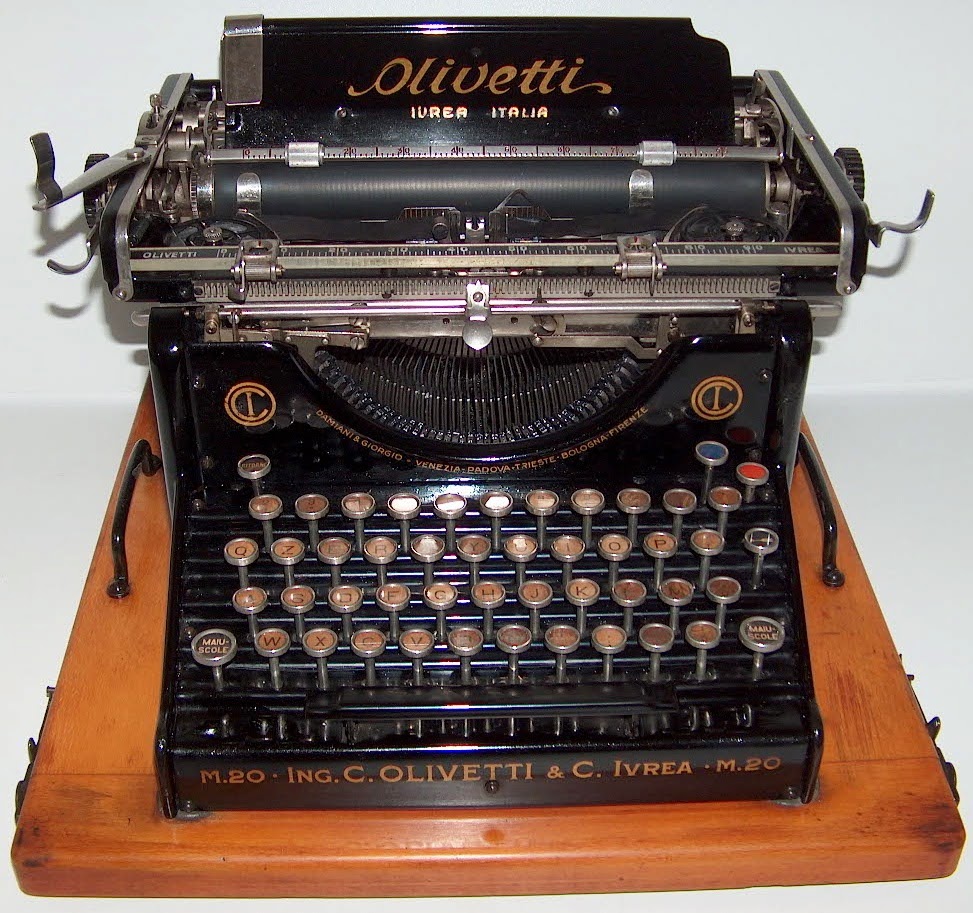












































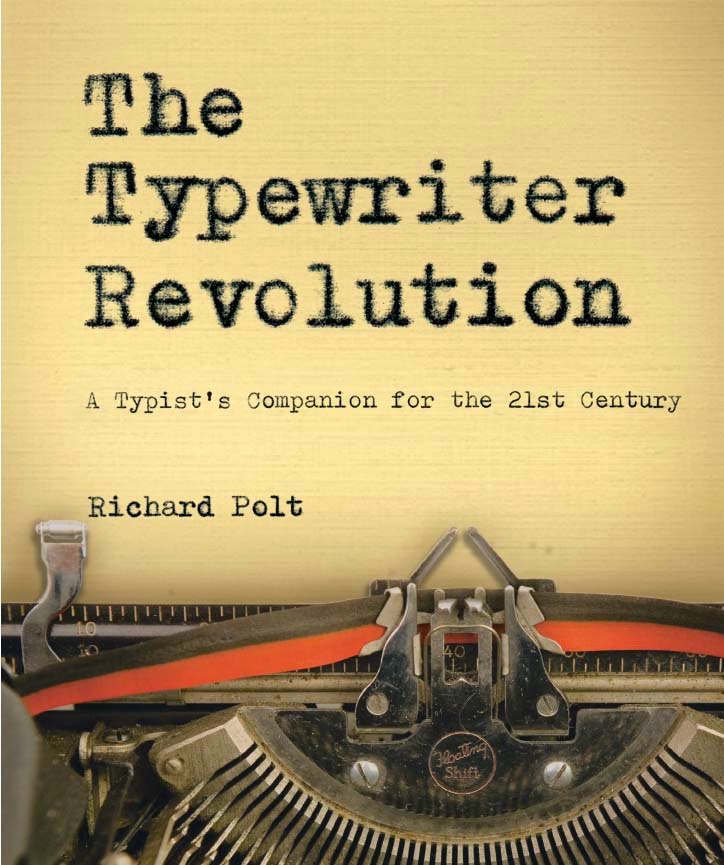





.jpg)















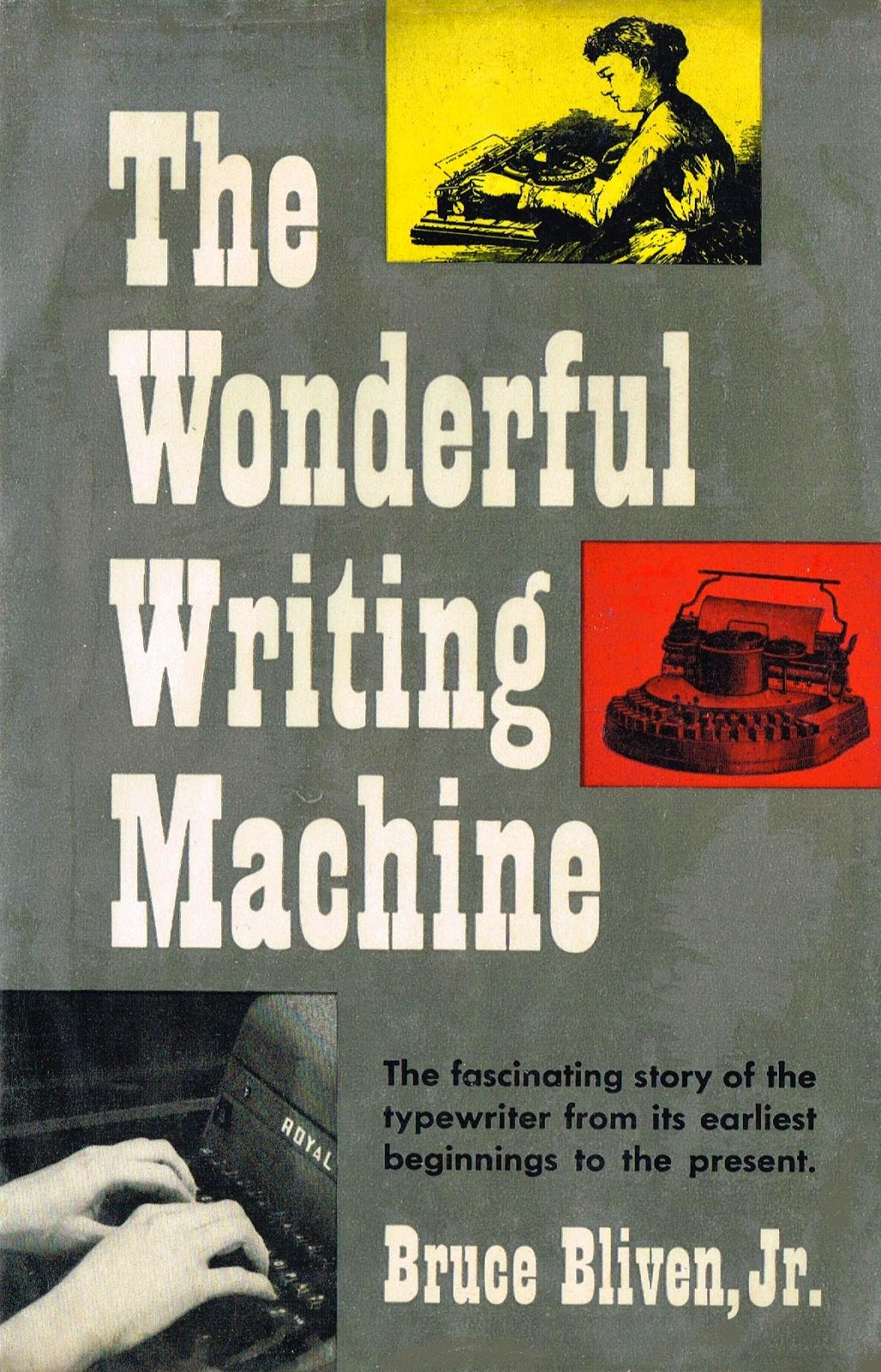

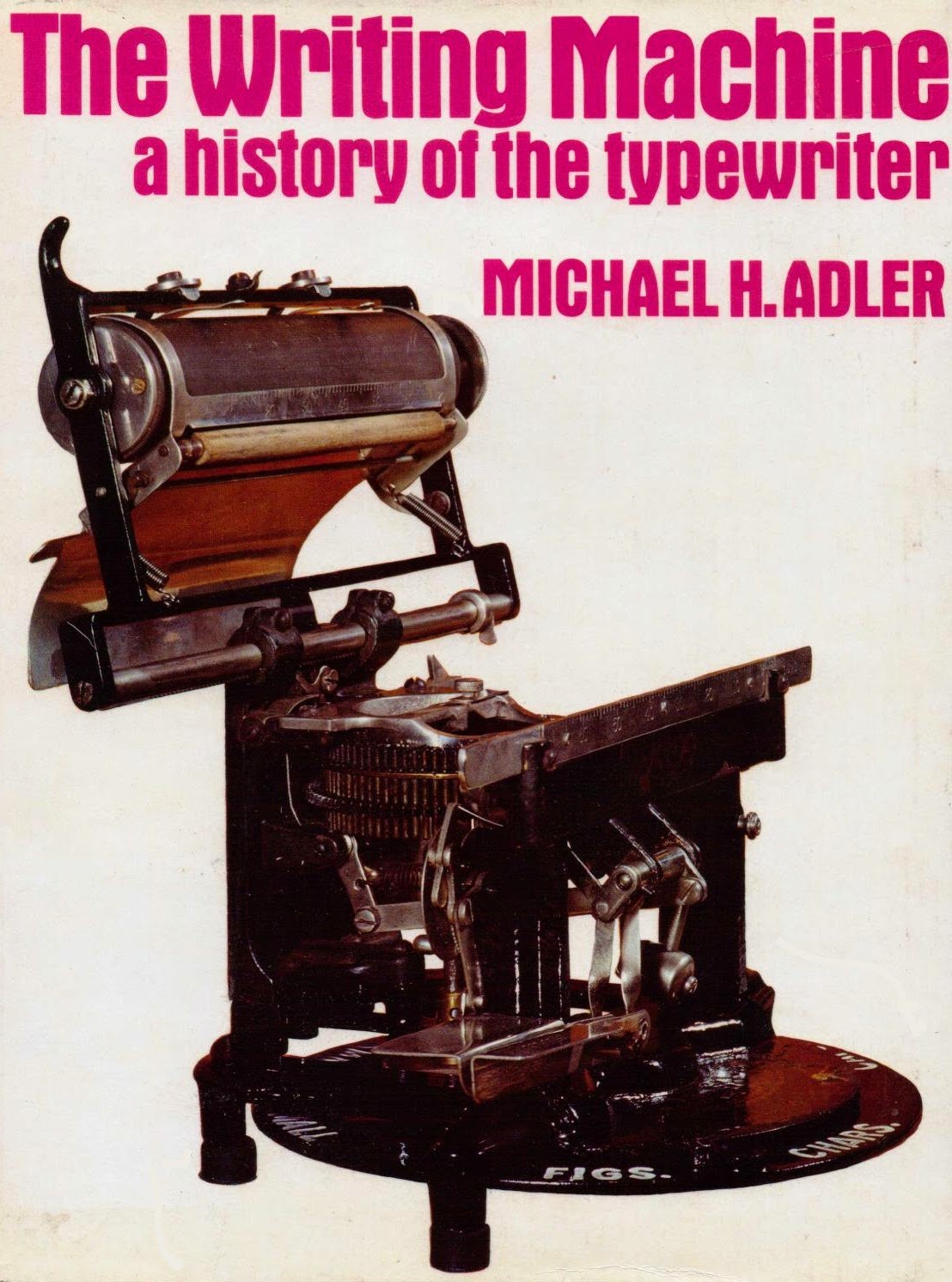


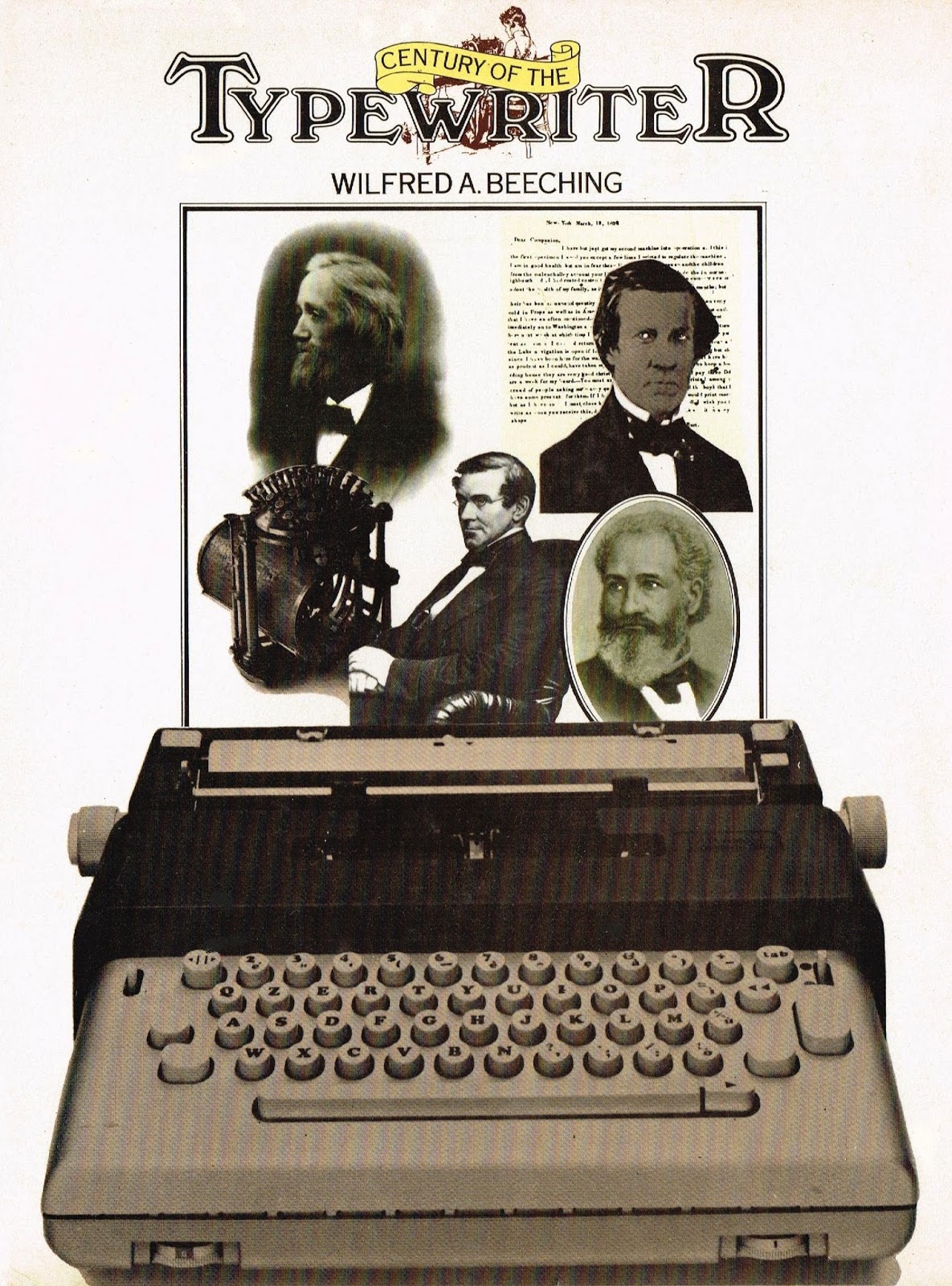
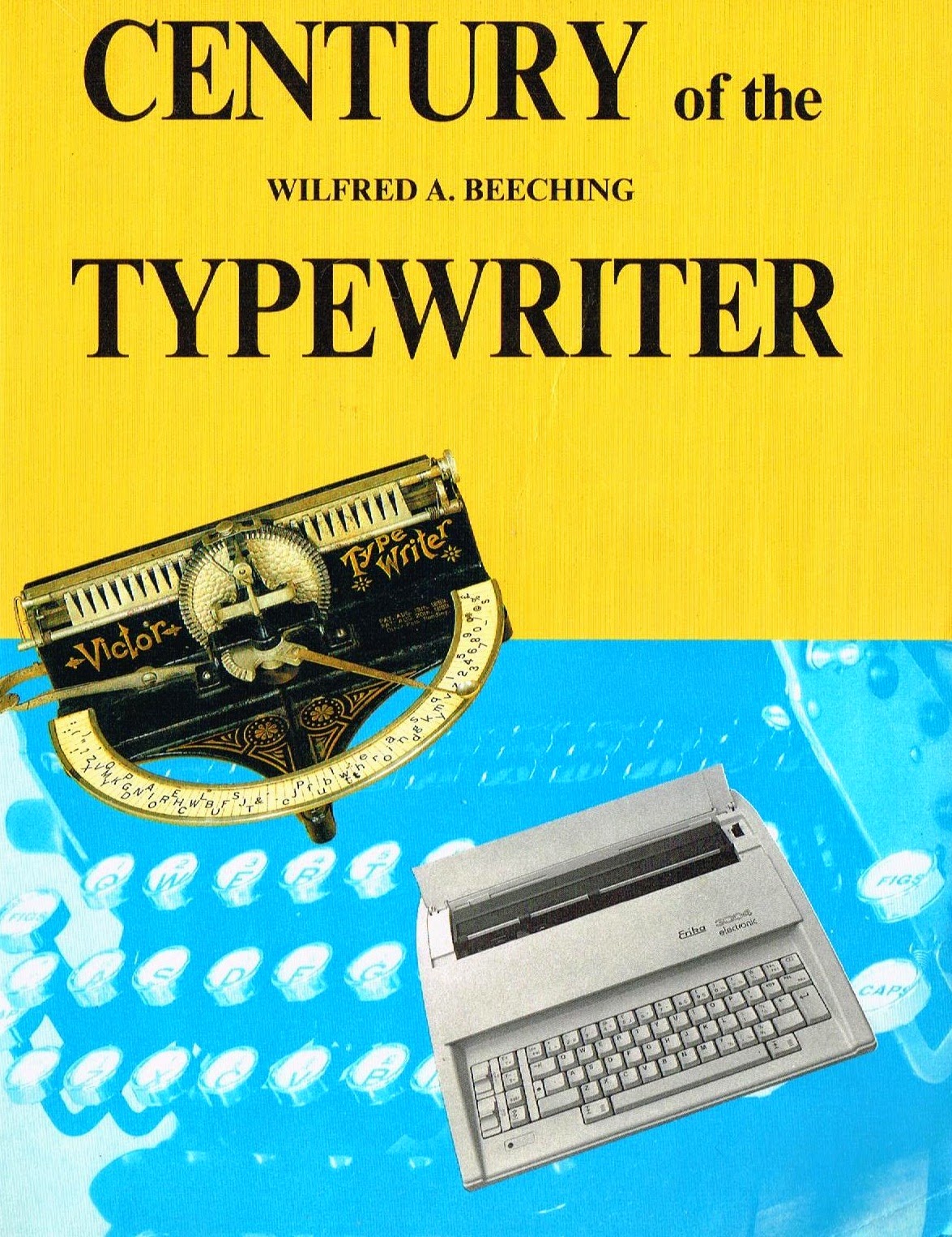








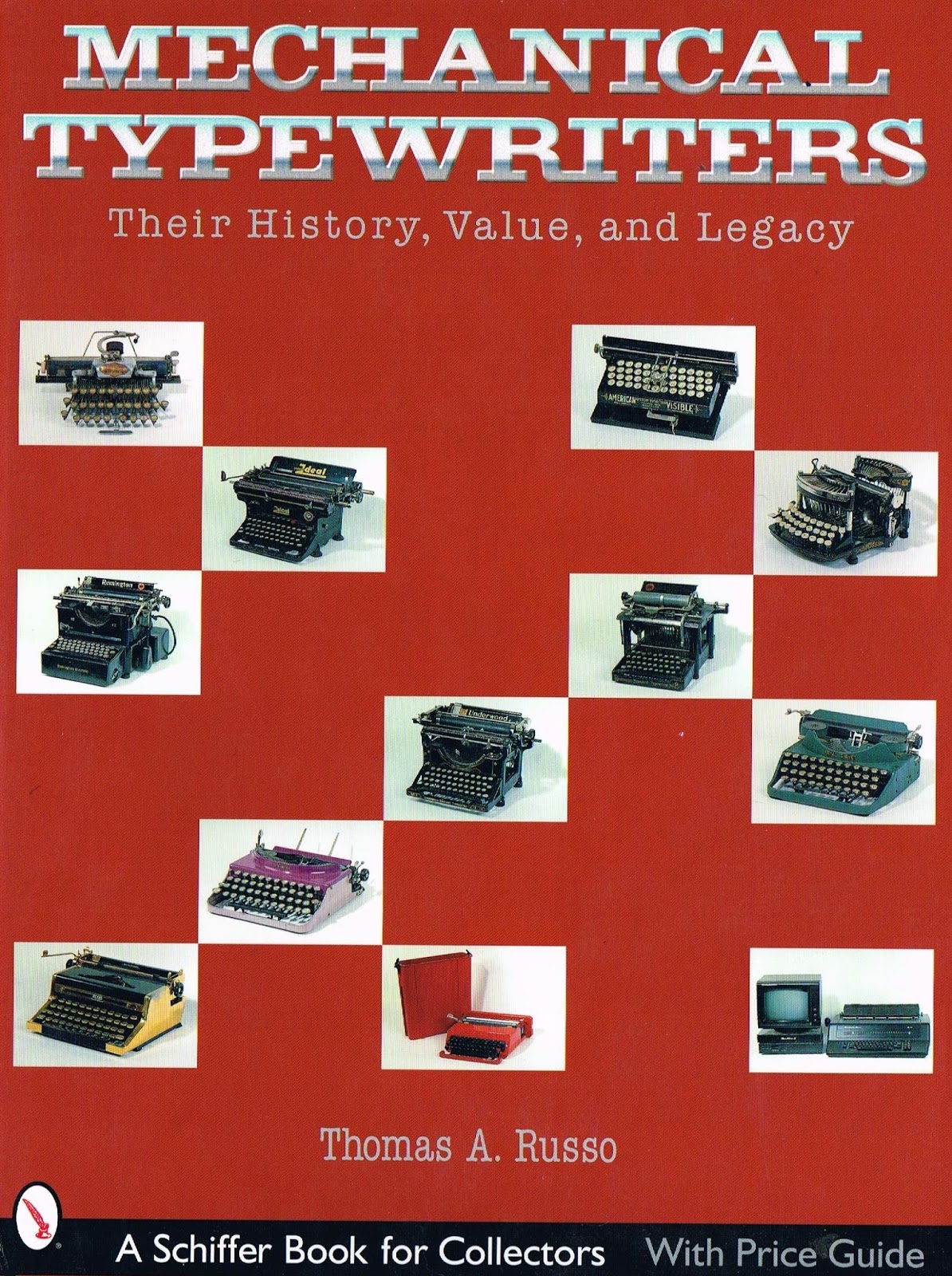


















.jpg)






























.jpg)























































































